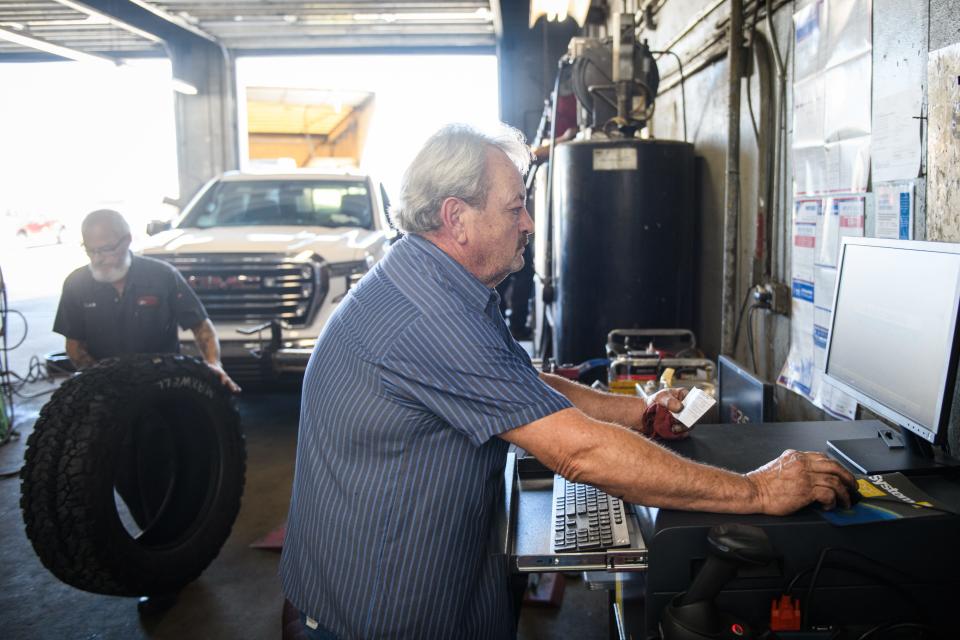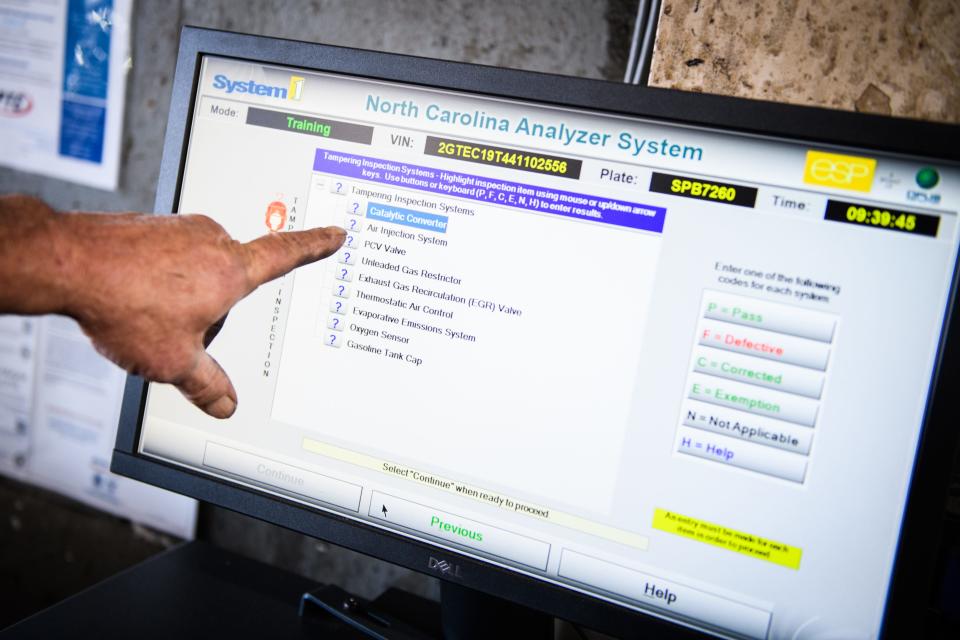Annual vehicle inspections will be cheaper in Cumberland County in 2026. Here’s why
The legislature voted in September to make it cheaper for drivers in 18 North Carolina counties to get their annual state vehicle inspections, but it may be more than two-and-half years before the price drops.
The new law eliminates the state requirement to test whether a vehicle’s electronic anti-pollution equipment is working. The 18 counties where emissions testing is being canceled include Cumberland, Buncombe, Gaston and New Hanover counties. Annual vehicle emissions testing will be required only in Mecklenburg County, where Charlotte is.
Testing would continue in Mecklenburg County due to the level of air pollution there, the Winston-Salem Journal reported in March.
When the new policy takes effect, vehicles in 99 of North Carolina’s 100 counties will only have an annual safety inspection, which costs $13.60, instead of a safety inspection plus an emissions system test, which totals $30.
A safety inspection examines the lights, turn signals, brakes, steering, tires, horn, rearview mirrors, windshield wipers and the exhaust system, the Division of Motor Vehicles website says. There is an additional inspection, for $10, of vehicles with aftermarket tinting on their windows.
The end of emissions testing may not come until May or June 2026, the N.C. Division of Air Quality said. And there is a chance that the emissions testing will not be canceled.

Are emissions tests still needed to protect the air?
State Sen. Steve Jarvis, who represents Davidson and Davie counties, sponsored the legislation to end the inspections of the emissions equipment.
In March, he told the Winston-Salem Journal the move would save money for lower-income people who might face expensive repair bills if their cars fail to pass the electronic equipment inspection. He said the counties have sufficiently reduced the amount of ozone pollution in their air to do away with the testing.
In Cumberland County, Wayne Rider of the Sustainable Sandhills environmental organization, said ambient air-quality monitoring indicates the Sandhills region has good air quality, “And of course we want it to stay that way.”
Rider said there may be too few air quality monitoring sensors in the area to accurately assess the air quality. “Current monitoring takes place only in Cumberland and Montgomery counties for the eleven counties in the Fayetteville region,” he said.
Sustainable Sandhills has not researched whether auto emissions testing has improved the air quality in the region, Rider said. However, he said, “Removing the emissions test requirement because most counties are meeting EPA standards does imply it had a positive impact.”

Process may take 32 to 33 months
The vehicle electronic emissions tests are part of the state’s plan with the U.S. Environmental Protection Agency to cut air pollution, the Division of Air Quality said in a statement to The Fayetteville Observer. If the EPA concludes that canceling the tests will interfere with North Carolina’s efforts to reduce air pollution, then the vehicle emissions tests will remain in place, the air quality division said.
To make the tests go away, the Division of Air Quality has to submit an analysis to the EPA “demonstrating that removal of the program will not interfere with NC’s continued attainment and maintenance of the National Ambient Air Quality Standards,” the statement says.
The Division of Air Quality has up to a year to submit its analysis to the EPA, and the EPA will then have up to 18 months to approve or reject the plan. If the EPA approves the plan, the state will update its regulations and the testing will end 60 days later.
The whole process may be 32 to 33 months, the Division of Air Quality said.
Senior North Carolina reporter Paul Woolverton can be reached at 910-261-4710 and pwoolverton@fayobserver.com.
This article originally appeared on The Fayetteville Observer: North Carolina to end most annual vehicle emissions inspections

